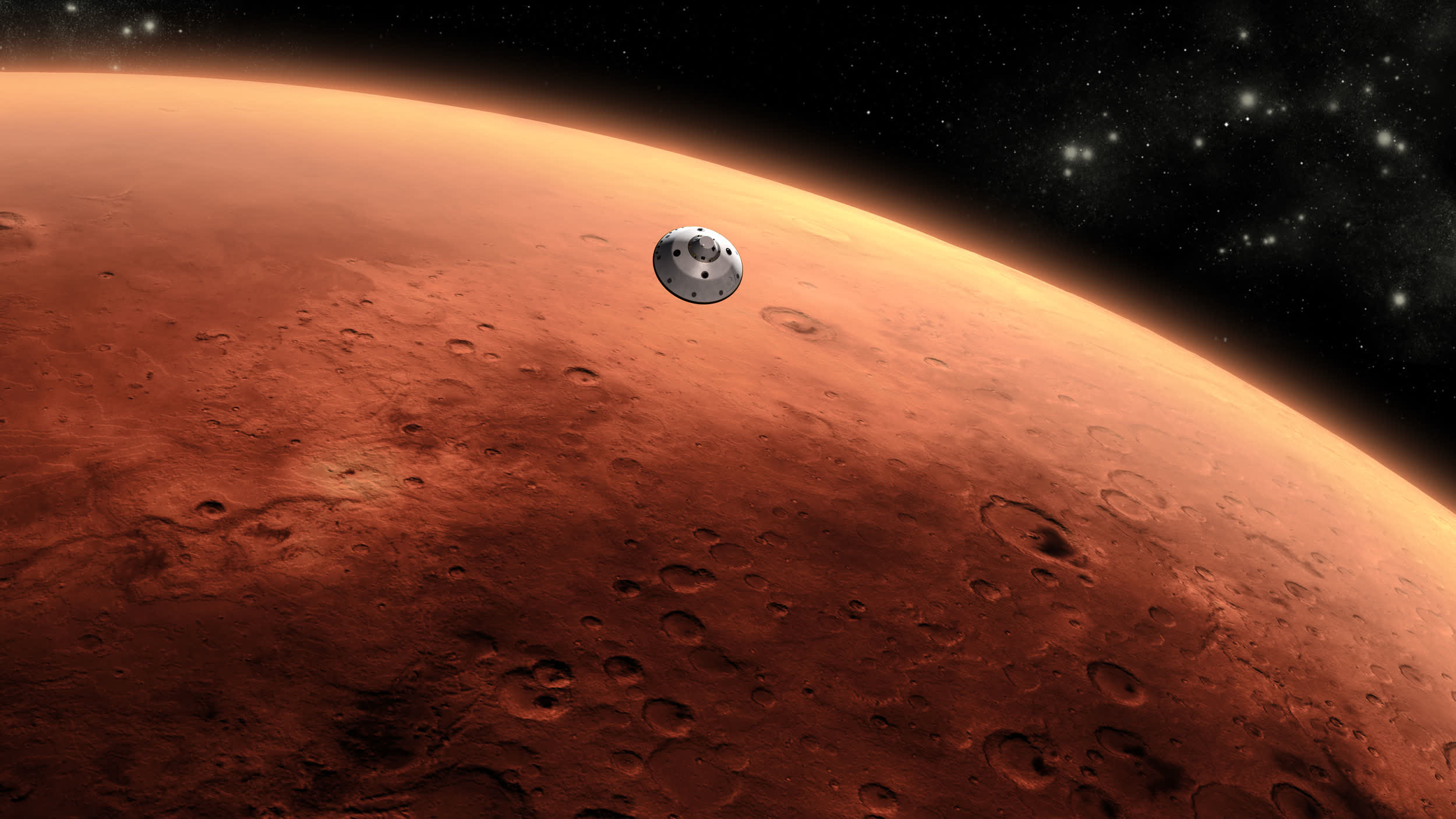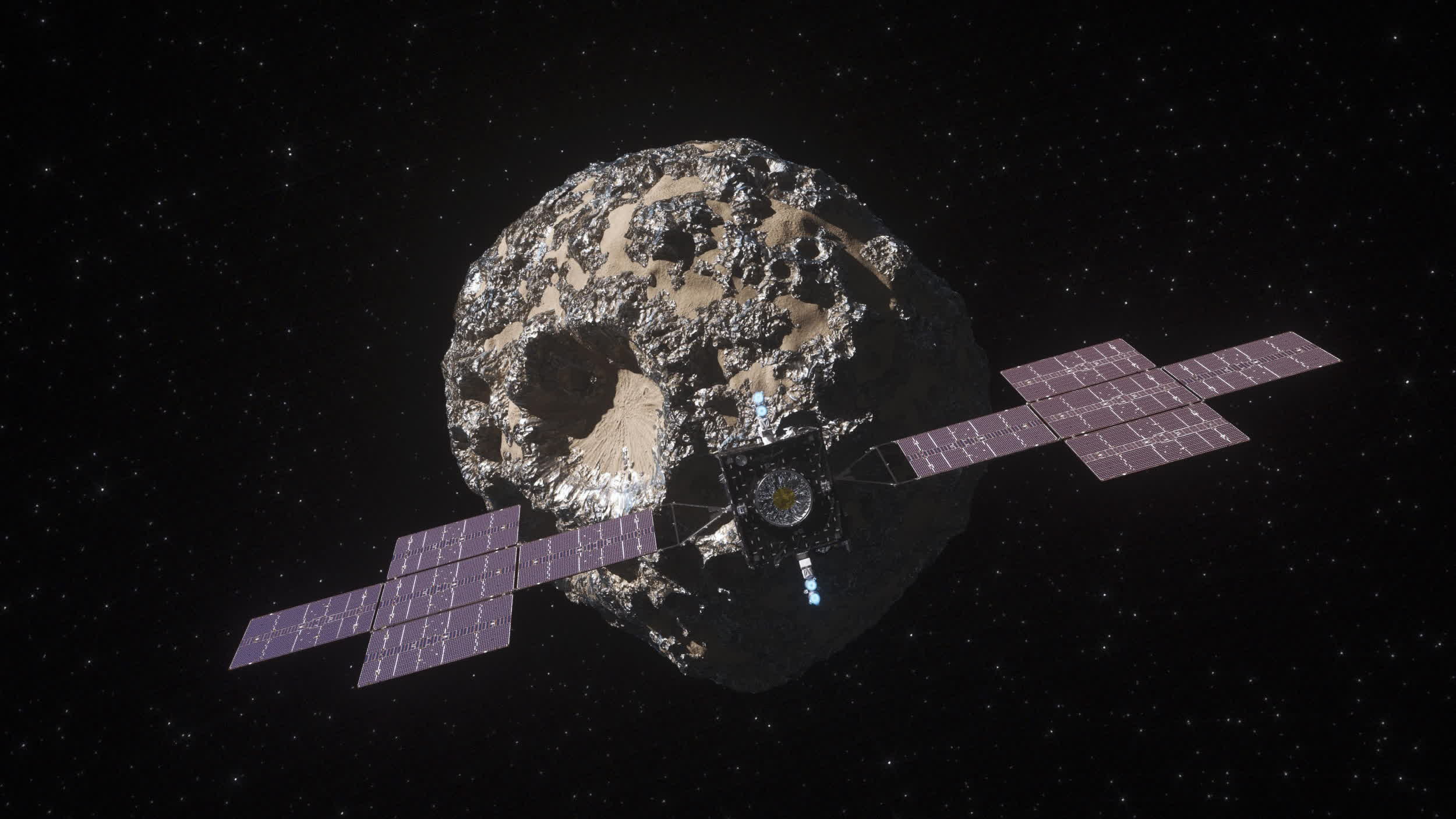Forward-looking: The US space agency will soon send a new, experimental laser communication technology into space that is expected to show potential data transmission rates that are 10 to 100 times the speed of current state-of-the-art radio systems. The device is installed aboard the Psyche spacecraft, which is scheduled to launch no earlier than October 5, 2023.

While Psyche travels toward the metal-rich asteroid with the same name, NASA will study the feasibility of laser-based digital communication in outer space. The Deep Space Optical Communications (DSOC) project is designed to test how lasers could be employed to greatly speed up data transmission, the agency says, achieving transfer speeds that are "far beyond" the capacity of current radio frequency systems.
DSOC uses a near-infrared laser transceiver, which can send and receive more information than radio wave devices. According to Abi Biswas, DSOC's project technologist at NASA's Jet Propulsion Laboratory, the novel transceiver was designed to demonstrate transmission rates with 10 to 100 times the "data-return capacity" of state-of-the-art radio systems used today for space comms. High-bandwidth laser communications for near-Earth orbit and Moon-orbiting satellites have already been proven, Biswas says, but outer space is a completely different matter.
The DSOC experiment is equipped with several components, including a "photon-counting" camera attached to a 22-cm aperture telescope. The transceiver is autonomously "locked" to a high-power, near-infrared laser uplink sent by the Optical Communication Telescope Laboratory at JPL's Table Mountain Facility, in California. This laser signal will be used to send commands to the DSOC.

After receiving its commands, the transceiver aboard Psyche will locate the 5.1-m Hale Telescope at Caltech's Palomar Observatory, using its near-infrared laser to transmit "high-rate data" back to Earth. A state-of-the-art vibration dampener will make sure that the transceiver won't falter during the data transmission phase.
According to Bill Klipstein, DSOC project manager at JPL, the project has been a complex endeavor that required many new, custom-made technologies. The team was even forced to develop its own signal-processing techniques to squeeze every single bit they could out of weak electromagnetic signals transmitted over gargantuan distances in space.
And yet, the increasingly common deep space exploration missions managed by NASA and other space agencies promise to generate "exponentially more data" than past, radio-based missions. Experiments like DSOC will hopefully play a crucial role in developing new, advanced communication systems that can be used "routinely" in the future to send commands and receive scientific data, images, or even videos of the cosmos.
https://www.techspot.com/news/99752-nasa-test-dsoc-lasers-speed-up-data-transmission.html
.jpg)